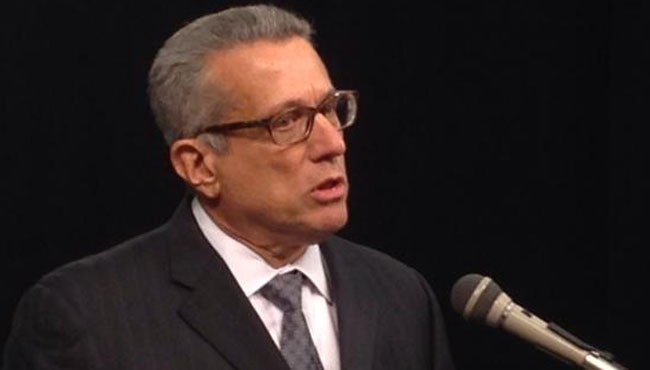WESTFIELD – The city’s graduation and dropout rates remained steady for the 2014-2015 academic year. The Massachusetts Department of Elementary and Secondary Education (DESE) released the latest figures, which showed improvements statewide.
Of the 496 Westfield seniors identified by DESE, 86.3 percent graduated, 5.8 percent were still in school, 2.6 percent were non-grad completers, 0.4 opted for a GED or high equivalency certificate, and 4.8 percent dropped out completely.
Between genders, 84.6 percent of males students graduated in 2015 while 88.5 percent of females obtained a diploma.
Dropout and non-graduation rates climbed, though, for students who fall within subgroups.
The four-year graduation (students who entered as a freshman) rate rose to 87.3 percent or a 1.2 percent increase from 2104. Graduation rates for Hispanic and African-American students increased by 3.0 and 2.6 percent.
“There are, however, significant gaps in the graduation rates among subgroups,” according to the DESE. “Among the race and ethnicity subgroup rates, there is a 20.2 percentage point difference between the highest and the lowest, belonging to Asian and Hispanic students, though this gap was reduced by 2.7 percentage points as compared to the 2014 cohort.”
Mitchell Chester, DESE’s commissioner, said the data for the 2014-2015 academic year was “tremendous.” For the ninth consecutive year, the state’s graduation rate improved to over 87 percent of high school students who received diplomas within four years.
“That is the highest rate we’ve seen,” he said.
The Commonwealth tracks four and five-year graduation rates. He credited school districts for keeping students in school, which includes students who took five years to graduate. The five-year graduation rate, the highest in nearly a decade, came in at 88.5 percent.
“Arguably, a high school diploma is a minimum credential in today’s world. And students who don’t persist to graduation and earn a high school diploma, put themselves at greatly reduced opportunities for the future after high school,” said Chester, who held a conference call with reporters on Jan. 21.
He added most students will need a two or four-year college degree or advanced career training for jobs that pay a living wage.
In the past few years, said Chester, Hispanic and African-American students made strong academic progress. For the first time since state tracked graduation rates, 70 percent of Hispanic students earned a diploma in four years.
“We’re very heartened by that. We’re absolutely dedicated to improving on that, but seeing that increase occur at a more rapid rate than the students who started ahead is what we do want to see,” he said.
Urban school districts on a whole crossed the 75 percent graduation rate to 76.1 percent, another first. Chester commended districts in Boston, Falls River and Lawrence, districts that crossed the 70 percent threshold.
Chicopee, Worcester and Somerville raised graduation rates to 80 percent or more.
“That’s very positive for students in those school districts,” he said.
In 2014-2015, the Commonwealth recorded the lowest dropout rate in more than 30 years, according to Chester. The statewide dropout rate dropped below two percent or 1.9 percent. “That translates into some real victories for individual students,” said Chester. In the 2006-2007 school year, over 11,000 dropped out of school.
The current dropout rate represents around half of the 2006-2007 figures.
Chester said the 5,300 or so students who dropped out last year are too many. He added the state education board takes a systematic and deliberate approach in identifying dropout and graduation rates The state also tracks students who move between school districts.


